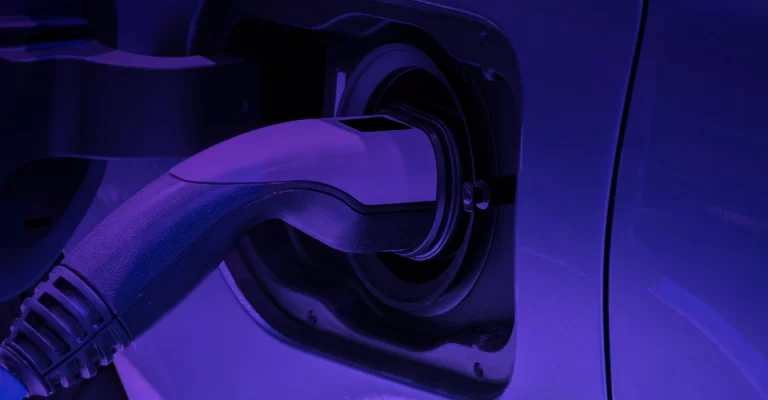Nanotechnology: Revolutionizing Advanced Energy Storage Devices
March 21, 2024 2024-03-21 13:25Nanotechnology: Revolutionizing Advanced Energy Storage Devices

Nanotechnology: Revolutionizing Advanced Energy Storage Devices
In the relentless pursuit of sustainable energy solutions, nanotechnology emerges as a groundbreaking force, particularly in the realm of advanced energy storage devices. This innovative field of science, which operates at the nanoscale – one billionth of a meter – is crafting the future of energy storage, making it more efficient, durable, and capable of accommodating the burgeoning demands of modern technology. This article explores how nanotechnology is driving advancements in energy storage devices, heralding a new era of sustainability and efficiency.
The Nexus of Nanotechnology and Energy Storage
Nanotechnology involves manipulating materials at the atomic or molecular level to create structures with unique properties. When applied to energy storage devices, such as batteries and supercapacitors, nanotechnology enhances performance far beyond what is possible with conventional materials. By engineering materials at the nanoscale, scientists can improve the electrical conductivity, durability, and reaction rates of energy storage systems, leading to devices that charge faster, last longer, and hold more power.
Breakthroughs in Battery Technology
One of the most significant impacts of nanotechnology is observed in battery technology. Lithium-ion batteries, pivotal in powering everything from smartphones to electric vehicles, have seen remarkable improvements thanks to nanoscale engineering. Nanostructured electrode materials can offer a larger surface area, facilitating quicker and more efficient charging and discharging processes. Additionally, nanoparticles can improve battery stability and lifespan by mitigating the degradation mechanisms that typically affect battery materials over time.
Supercharging Supercapacitors
Supercapacitors, known for their ability to charge and discharge energy rapidly, are also benefiting from nanotechnology. By utilizing nanomaterials, supercapacitors can achieve higher energy densities while maintaining their swift charge-discharge rates. This makes them ideal for applications requiring quick bursts of power, such as in regenerative braking systems in vehicles or for grid stabilization in renewable energy installations.
The Path to Sustainability
The integration of nanotechnology in energy storage devices plays a crucial role in the transition towards renewable energy sources. Enhanced batteries and supercapacitors are vital for efficient energy storage and utilization, enabling a more reliable and consistent supply of power from intermittent sources like solar and wind. Moreover, advances in nanotechnology contribute to the development of greener, more sustainable energy storage solutions by reducing reliance on rare, expensive, or environmentally damaging materials.
Challenges and Future Directions
Despite its promise, the application of nanotechnology in energy storage faces challenges, including high production costs, scalability issues, and the need for further research to understand the long-term stability and environmental impact of nanomaterials. However, ongoing advancements and research in nanotechnology hold the potential to overcome these obstacles, paving the way for more sophisticated, efficient, and environmentally friendly energy storage options.
Conclusion
Nanotechnology is setting the stage for a revolution in advanced energy storage devices, offering solutions that are more efficient, durable, and capable of meeting the demands of the future. As research and development in this field continue to advance, nanotechnology will play a pivotal role in shaping a sustainable energy landscape, transforming the way we store and use energy in our daily lives.
Popular Tags


















